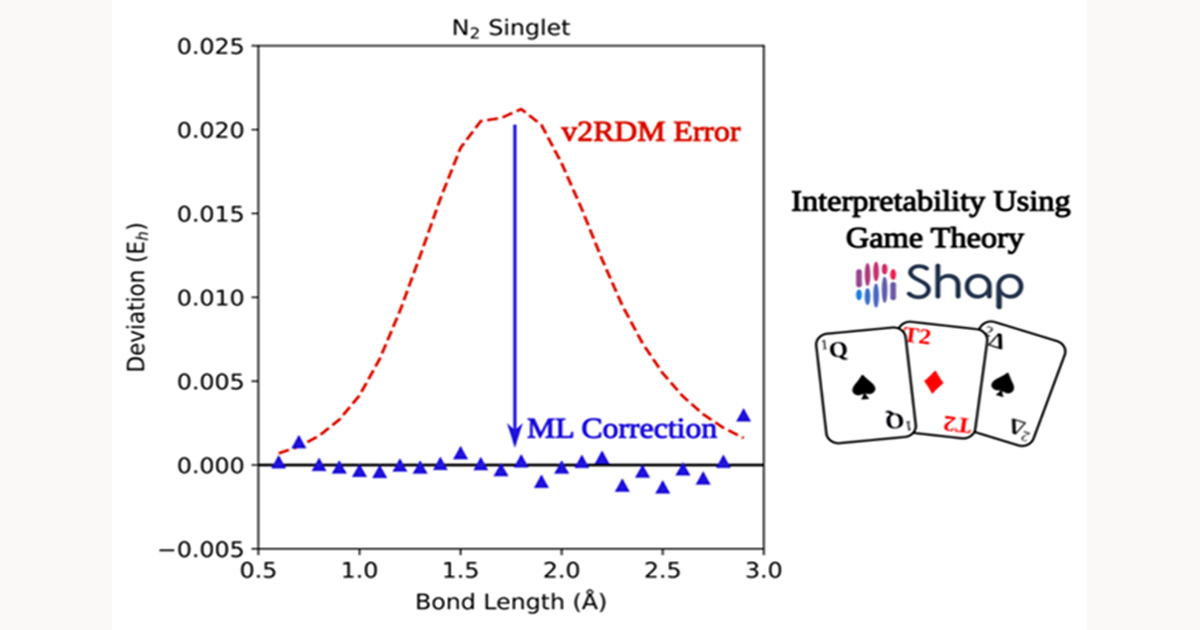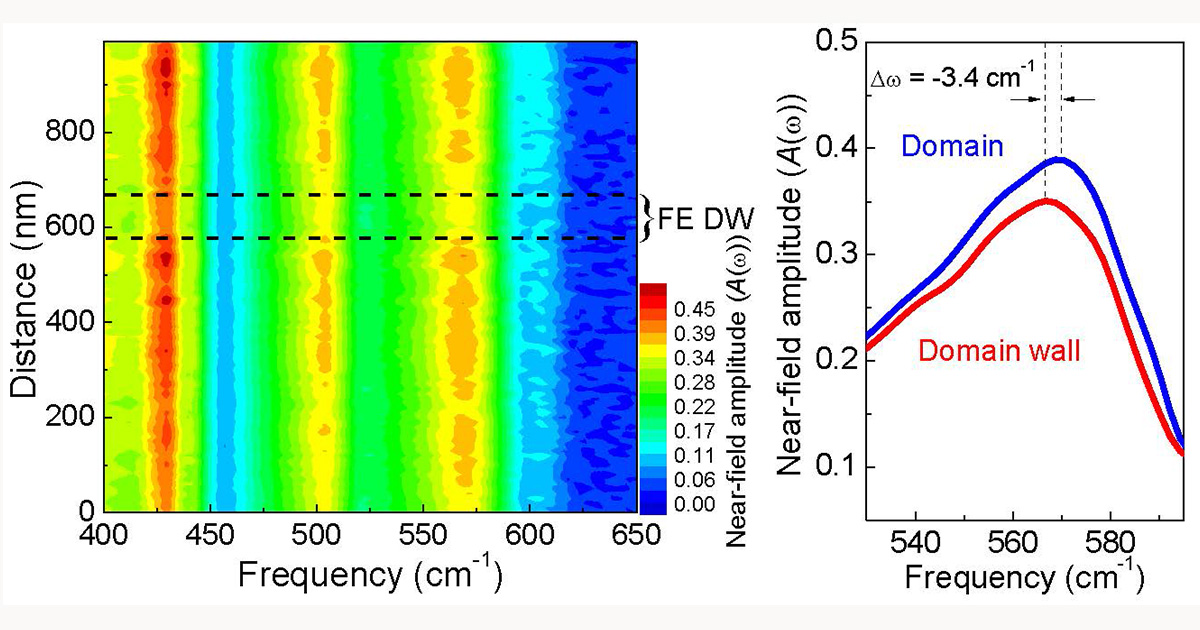Vogiatzis Group Publishes in Journal of Physical Chemistry Letters
Grier Jones, fifth year chemistry PhD student, and Associate Professor Konstantinos Vogiatzis recently published a new data-driven quantum chemistry method, based on the reduced-density matrix (RDM) formulation of quantum mechanics, in the Journal of Physical Chemistry Letters. This publication was developed in collaboration with University of Tennessee, Knoxville alumnus Professor A. Eugene DePrince (’05) and his research group at Florida State University. DePrince’s group specializes in the development of novel RDM methods for the treatment of strongly correlated electrons.
Strong electron correlation lies at the heart of molecular quantum mechanics and, in particular, at the heart of electronic structure theory. Configuration interaction (CI) theory provides an exact description of strong correlation, but it suffers from exponential scaling with respect to the number of correlated electrons and orbitals. As an alternative, variational two-electron RDM (v2RDM) methods have been introduced since the energy of a many-electron system can be formulated exactly using the two-electron RDMs (2RDMs). One interesting property is that the 2RDM can be formulated without explicit knowledge of the wave function. In practice, finding a wave function that maps explicitly to the 2RDM can be very tricky, and the resulting deviation between CI- and RDM-based methods can be very large.
To resolve this issue, a collaboration between the Vogiatzis and DePrince groups lead to the development of the data-driven v2RDM (DDv2RDM) method to learn CI-quality energies using data generated using the v2RDM-complete active space self-consistent field (CASSCF) method. Using proof-of-principle calculations, they found that the model learns the correction the v2RDM energy near-chemical accuracy (1 kcal/mol). They also introduced the use of SHapley Additive exPlanation (SHAP) values, a feature importance method based on cooperative game theory, to analyze the how their physics-based features affect model performance. The SHAP analysis confirmed that the features that impact the model performance the most (and least) correspond well to insights based on physical principles.
Read the full article here.


 Smith joined the chemistry department as a graduate student in 2015 and very quickly began investigating domain walls. Domain walls act as the boundaries between regions, or domains, of materials and have the potential to impact the properties and uses of that material.
Smith joined the chemistry department as a graduate student in 2015 and very quickly began investigating domain walls. Domain walls act as the boundaries between regions, or domains, of materials and have the potential to impact the properties and uses of that material. “This project really highlights the importance of curiosity in research,” said Musfeldt. “Kevin took an exploratory project and turned it into the most exciting thing in our lab with far-reaching implications.”
“This project really highlights the importance of curiosity in research,” said Musfeldt. “Kevin took an exploratory project and turned it into the most exciting thing in our lab with far-reaching implications.”